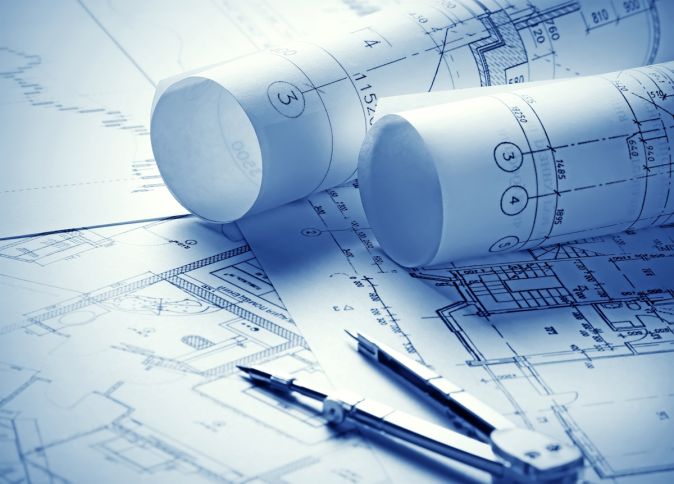Specifications Standards & Data: Difference between revisions
No edit summary |
No edit summary |
||
| Line 69: | Line 69: | ||
=====Company Product (Commodity) Specifications===== | =====Company Product (Commodity) Specifications===== | ||
A product specification is a technical description of the design or performance characteristics of material or component. Performance characteristics should be placed on drawings through the medium of a specification. | A product specification is a technical description of the design or performance characteristics of material or component. Performance characteristics should be placed on drawings through the medium of a specification. | ||
=====Company Process Specification===== | |||
A process specification is a technical description of the processing requirements necessary to produce a product. Such a specification is prepared only when it is not possible to state the requirements for the end product in other documents sufficiently to assure that the product would be satisfactory. If the process applies to more than one product, a Company Standard will be prepared. | |||
=====Company Material Specification===== | |||
A material specification is applicable to a raw material (e.g. chemical compound, mixtures, (e.g. paints)), or semi-fabricated material (e.g. electrical cable) which are used in the fabrication of a product. | |||
[[Category:Engineering]] | [[Category:Engineering]] | ||
[[Category:Drawing Requirements Manual]] | [[Category:Drawing Requirements Manual]] | ||
Revision as of 17:02, 18 December 2024

A complete listing of various Government and approved Non-Government documents used in the preparation of engineering drawings.
Documents listed herein are applicable only as specified in the contract or DRAWING REQUIREMENTS MANUAL (DRM) sections.
Specifications & Standards Data
Scope
Purpose
This section lists various Government and approved Non-Government documents used in the preparation of engineering drawings. Documents listed herein are applicable only as specified in the contract or DRAWING REQUIREMENTS MANUAL (DRM) sections.
Applicable Documents
Note: DoD Policy Memo 05-3 “Elimination of Waivers to Cite Military Specifications and Standards in Solicitation and Contracts” has eliminated the need for waivers to use MIL-SPECS and MIL-STDS on DoD contracts. (See PREFACE 1, Section 2)
Currency of Documents
The documents listed below accompanied by their date were current and in effect as of March 2008, the cutoff date for the publication of this Eleventh (11th) edition of the DRM.
NOTE: Document's source is listed for each grouping. All documents are available through a single source from IHS. See page ii for source information.
COMPANY STANDARDS, SPECIFICATIONS, AND PROCEDURES
Company Standard Requirements
Company Standards shall meet the following requirements.
- Is identified by name and address of issuing company, CAGE number, document nomenclature and number, and contract number.
- Does not contain limited rights in technical data.
- Provide the necessary design disclosure information for the level of drawing for which they are furnished.
- Satisfy the same procurement requirements as for a specification control drawing when it defines a vendor item.
- Drawing practices and symbols used are such that their intent and interpretation are clear and unambiguous whether of standard or non-standard origin.
- Have clarity, legibility and reproducibility of MIL-PRF-5480 for the purpose of microfilming.
- All documents referenced in a company standard shall also be supplied when not covered by a military, government, or non-government standard or specification.
Types Of Company Standard
Standards are of three types: Design Standards, Part Standards, and Book Standards in accordance with MIL-STD-962 and the Company or Corporate Document Standardization Manual is used for their preparation when one exists.
Company Standard Design
Standard design is a standardized design feature of an item or process or a specially created shape (extruded, molded, drawn, etc.) having wide utility and use which is described and/or pictured on a "standard drawing" format. This is not a part number in that there is no part to identify. i.e. standard sizes for drilled holes.
Company Part Standard
A part or assembly of parts that has wide utility or recurring uses.
Company Book Standard
Book Standards are comprehensive presentations of engineering test methods, procedures, criteria symbols and the like.
Types Of Company Specification
Specifications are of five types: System, Development, Product (Commodity) Process, and Material prepared in accordance with MIL-STD-961 and the Company or Corporate Document Standardization Manual when one exists.
Company System Specification
A system specification states the technical and mission requirements for a system as an entity, allocates requirements to functional areas and defines the interfaces between or among the functional areas. It establishes the performance, design, development and test requirements for the system.
Company Development Specification
A development specification states the requirements for the design or engineering development of a product during the development period.
Company Product (Commodity) Specifications
A product specification is a technical description of the design or performance characteristics of material or component. Performance characteristics should be placed on drawings through the medium of a specification.
Company Process Specification
A process specification is a technical description of the processing requirements necessary to produce a product. Such a specification is prepared only when it is not possible to state the requirements for the end product in other documents sufficiently to assure that the product would be satisfactory. If the process applies to more than one product, a Company Standard will be prepared.
Company Material Specification
A material specification is applicable to a raw material (e.g. chemical compound, mixtures, (e.g. paints)), or semi-fabricated material (e.g. electrical cable) which are used in the fabrication of a product.